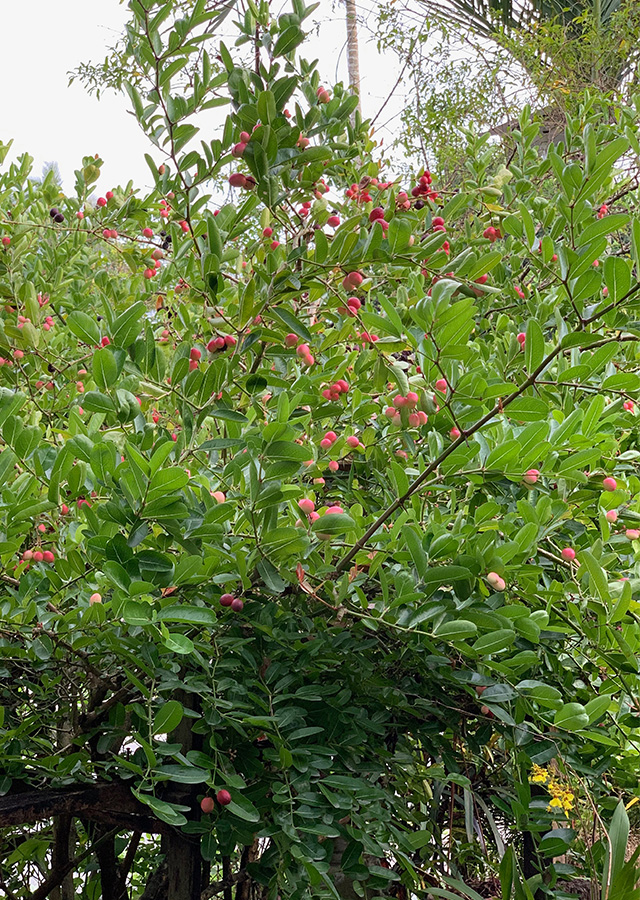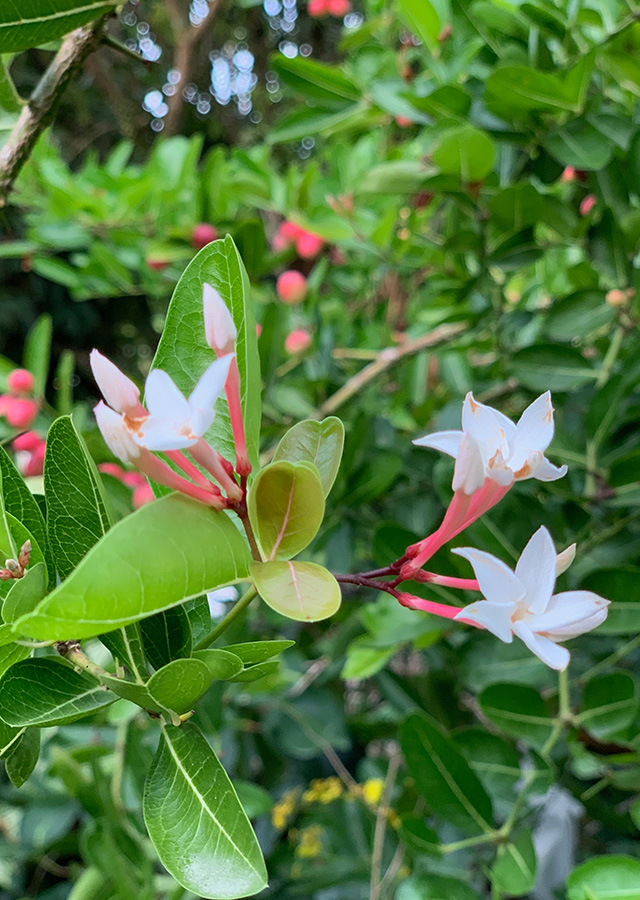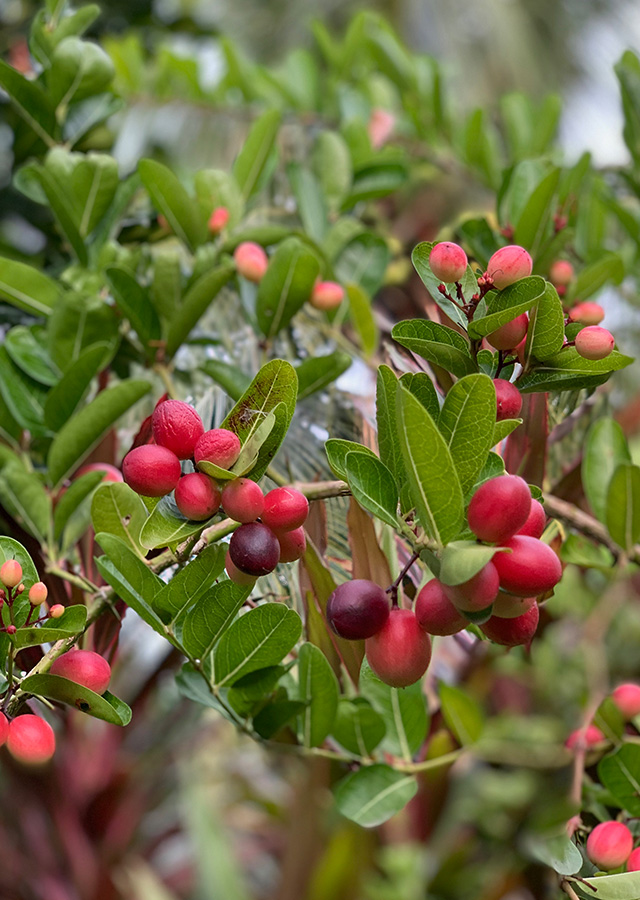Traditional Herbs from Carissa carandas
canker sores
- Prepare fresh, old lace fruit.
- Cut the fruit and apply it to the affected area.
- Repeat the application several times until healed.
gal_bladder_disease
- Choose lace fruit fresh ones, wash them thoroughly and drain them.
- Eat 4 g of lace fruit a day to help reduce gall bladder pain.
What is Carissa carandas Looks like??



Parts of Carissa carandas that could be used
- Bark
- Fruit
- Root
Carissa carandas Distribution
Lace fruit spreads from Afghanistan, India, Sri Lanka, South China, Indo-China, Peninsular Malaysia and various other tropical areas. This plant has a long history of use in traditional medicine systems, both in South Asia and Africa. In Ayurvedic medicine, the bark is used to treat skin diseases while the root is used for urinary disorders.Agroecology of Carissa carandas
Grows well in places up to an altitude of 1,800 m above sea level. This plant is suitable for various types of soil and is often found in the yard. Likes places with average rainfall of 1,000-1,400 mm/year, soil pH range of 6.5-8 and full sunlight. This plant is tolerant of drought and can adapt to high environmental temperatures.
Morphology of Carissa carandas
- Taproot.
- Branches are thorny, slender or fork-shaped.
- Ovate leaves measuring 3-7 x 1.5-4 cm.
- Flowers are fragrant, white crown, pink petals .
- The berries are elliptical, measuring 1.5-2.5 x 1-2 cm. If the fruit is blackish purple, it shows that the fruit is very ripe, has lots of sap, and tastes sweet.
Cultivation of Carissa carandas
- Vegetative propagation (stem cuttings, grafts) and generative (seeds). Seeds come from old, purplish-black fruit.
- Separate the seeds and fruit flesh, then dry the seeds in the sun. Once dry, plant the seeds in the media fertile soil.
Carissa carandas, more details :
Chemical Content of Carissa carandasAlkaloids, phenolics, flavonoids, saponins, tannins, 2-acetyl phenol, lignans, carinol, sesquiterpenes (carissone, carindone), lupeol, β-sitosterol, 16 β-hydroxyputarinic acid, α-amyrin, glycoside, desnmethylnoracronycine, triterpenoids, carisol , linalool, β-caryophyllene, carissic acid, ursolic acid, ascorbic acid.
Benefits of Carissa carandas
Treats canker sores, fever, asthma, worms, skin diseases, coughs, gallbladder disorders, prevents diarrhea, earache.
Simplisia of Carissa carandas
Not yet available.
Another Facts for Carissa carandas :
Synonym of Carissa carandasArduina carandas (L.) Baill., Carissa salicina Lam., Echites spinosus Burm.f.
Habitus of Carissa carandas
Bush. Annual shrub, up to 5 m high
Habitat of Carissa carandas
- Mainland
No comments:
Post a Comment